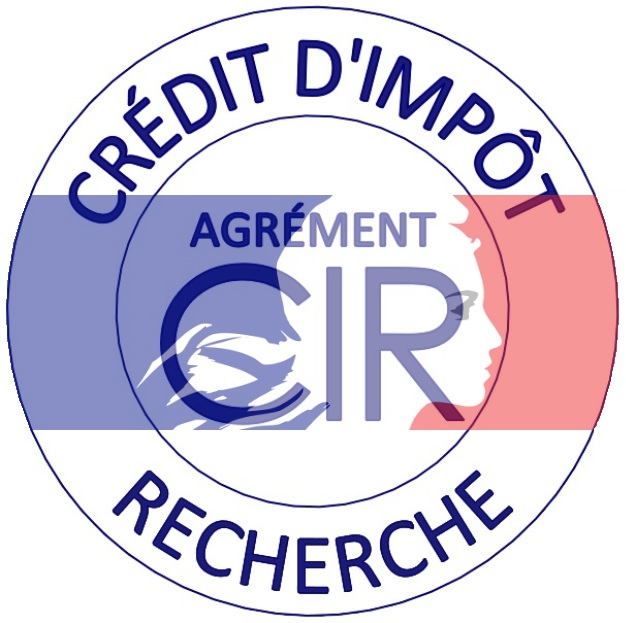Hatchery Technology
- General
- Production Strategies
- Live Feed Replacement Diets
- Feeding Strategies
- Live Feed Production Techniques
General
The research facility hosts a fully operational hatchery using the very latest technology. We can work with clients to develop new techniques for improving hatchery production/ efficiency and develop extensive knowledge on new species in both commercial and ornamental aquaculture.
Production Strategies
Optimal hatchery conditions
A range of physicochemical conditions can be created under controlled conditions to determine the optimum hatchery and rearing conditions for new species.
Effects of density
Eggs and larvae can be cultured at a range of densities to confirm the optimal densities at which the species should be incubated, hatched and reared.
Production method
Different hatchery methods, such as cabinet, trough, flask, etc. can be evaluated to determine hatching success rates, larval quality, and first feeding success, among other measures of suitability.
First feeding
Formulated feed versus live feeds, optimal first feeding timing, etc. can be evaluated experimentally to ensure the best conditions at first feeding for successful on growing.
Live Feed Replacement Diets
Acceptance
Feed intake can be measured accurately via hand feeding to satiation, to determine the level of acceptance diets.
Growth performance
Weight specific growth rate (SGR), weight gain, etc. will be measured by recording start, intermediate and final batch or individual weights, as required and specified by the client.
Feed and nutrient utilisation
Feed conversion ratio (FCR) and nutrient retention will be measured using established techniques to high degrees of accuracy and repeatability, making use of accurate feed intake and growth performance data.
Feeding Strategies
Timing and quantity
The timing of feeding can be crucial in early life stage aquatic organisms, and therefore the number of feeding sessions per day can be altered to determine the optimal meal timing for good growth, along with meal duration, feed quantity, etc.
Live Feed Production Techniques
Optimal conditions
Optimal physicochemical conditions can be determined for live feeds for various fish species, to enable the production of high quality live feeds for larviculture.
Optimal management
The best management practices for live feed production can be determined, such as harvest intervals, frequency and magnitude of water replacement, to enable the production of high quality live feeds for larviculture.
Enrichment regimes
The quantity of enrichments and feeding intervals can be optimised to ensure the enriched live feed is of the highest possible quality and density.

